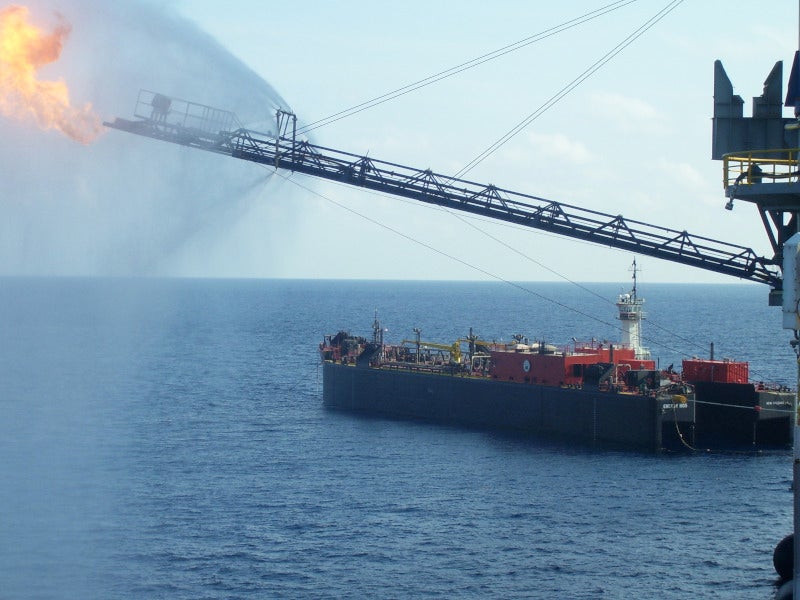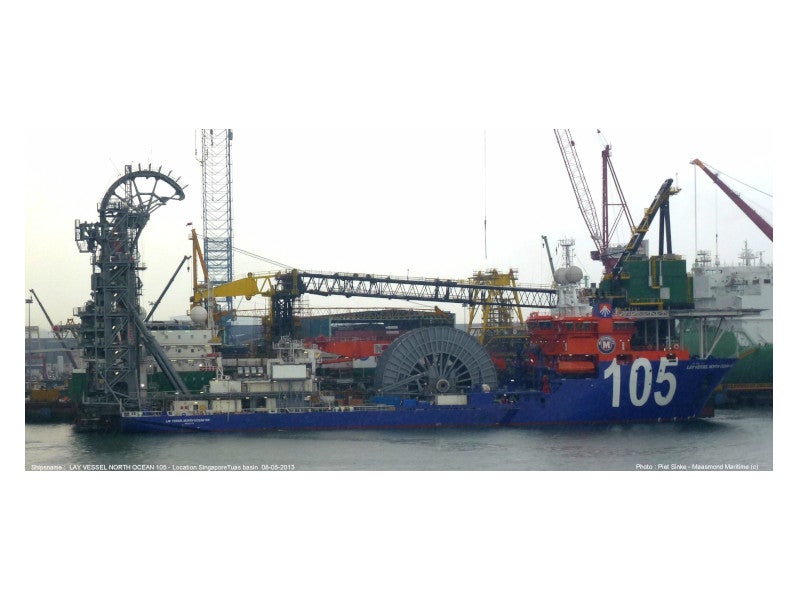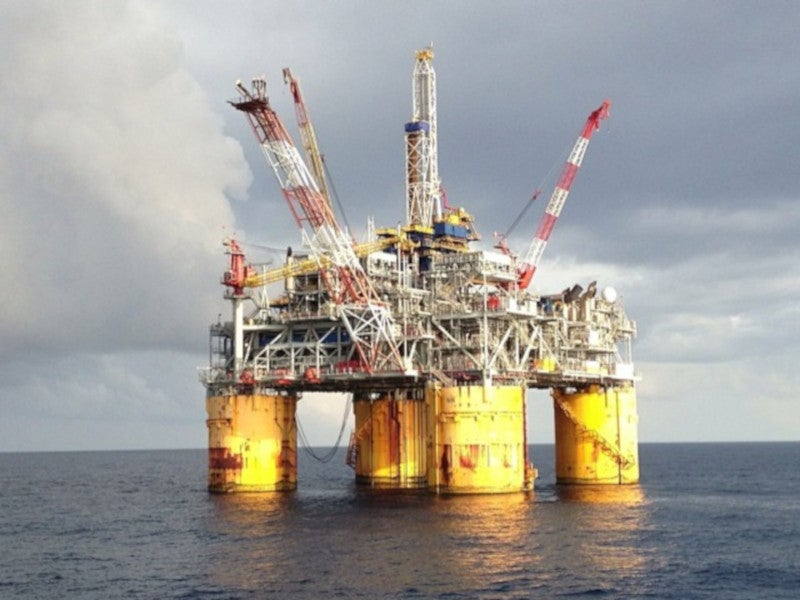The Stonefly oil field lies in 4,100ft of water in the Gulf of Mexico, approximately 225km offshore New Orleans, Louisiana, US.
The oil field is jointly owned by LLOG Exploration (operator), Beacon Offshore Energy Operating, Houston Energy, Red Willow Offshore and Ridgewood Energy.
Structural design and installation engineering for the project began in January 2019, while first oil production is expected to be started by 2020.
Stonefly oil field location, discovery, and appraisal
The Stonefly oil field lies in the Viosca Knoll Block 999 of the Gulf of Mexico. It was discovered in 2016 with the drilling of two wells including the discovery well. Another exploration well was drilled in 2017. Both the discovery and the exploration wells struck oil-bearing sands in the Middle Miocene.
The exploration well was drilled using Seadrill’s West Neptune DP, a sixth-generation ultra-deepwater drillship.
Stonefly oil field development details
The Stonefly oil field will be developed through two production wells, which will be tied-in to the Ram Powell platform through an 18.28km-long, 12in-diameter pipeline installed in depths between 3,300ft and 4,100ft.
The subsea infrastructure will include a steel catenary riser, a pipeline end manifold, and two in-line sleds. The installation of subsea infrastructure will be performed using McDermott’s Lay Vessel North Ocean 105. The spoolbase stalk fabrication will be done at McDermott’s advanced spoolbase in Gulfport, Mississippi.
Ram Powell platform details
The Ram Powell tension leg platform is a fixed drilling platform located in Viosca Knoll Area’s Block 956 of the Gulf of Mexico. The platform was installed in 1997, in 3,200ft of water.
The production platform is fully owned by Talos Energy through its subsidiary Stone Energy, which acquired it in 2018. Previously operated by Shell, the platform has a processing capacity of 60,000 barrels of oil per day (bpd) and 200 million cubic feet of gas per day.
Drilling infrastructure details
The West Neptune is a dynamic positioning (DP) 3 class vessel built by Samsung in 2014. The vessel is designed for drilling activities in water depths of up to 3,600m with a maximum drilling depth of 11,400m and a variable drill load of 18,000Mt.
The drilling equipment consists of a 210ft-high Dual NOV derrick, two NOV TDX-1250 vtop drive units, and NOV Dreco draw works. The drilling rig is also equipped with four NOV 14-P-220 mud pumps with six NOV VSM-300 Shale shakers.
The subsea equipment includes two Shaffer NOV blow out preventer (BOP) units, Dril-Quip DX-DW series wellhead connector, and a 90ft Shaffer Riser. Four NOV TDX-1250 knuckle boom cranes are also part of the rig.
Contractors involved
LLOG Exploration Offshore contracted Seadrill to provide its West Neptune DP vessel for performing drilling at the field.
Tesla Offshore and C&C Technologies Survey Services were contracted to conduct a high-resolution geophysical survey for the exploration well drilled in Block 999 of the Viosca Knoll area.
McDermott was awarded the engineering, procurement, construction, and installation (EPCI) contract for the subsea tie-back of the field with the Ram Powell platform in January 2019. The company will design, fabricate, and install the subsea infrastructure.
LLOG Exploration’s operations in the Gulf of Mexico
Apart from the Stonefly oil field development, LLOG Exploration operates the Buckskin and Delta House oil fields in the Gulf of Mexico.
The Buckskin oil field, which started production in June 2019, is located on Keathley Canyon blocks 785, 828, 829, 830, 871, and 872 in approximately 6,800ft of water. The
Delta House field is a floating production system (FPS) located in the Mississippi Canyon of the Gulf of Mexico. Brought online in April 2015, the field lies at a water depth of 4,500ft.










